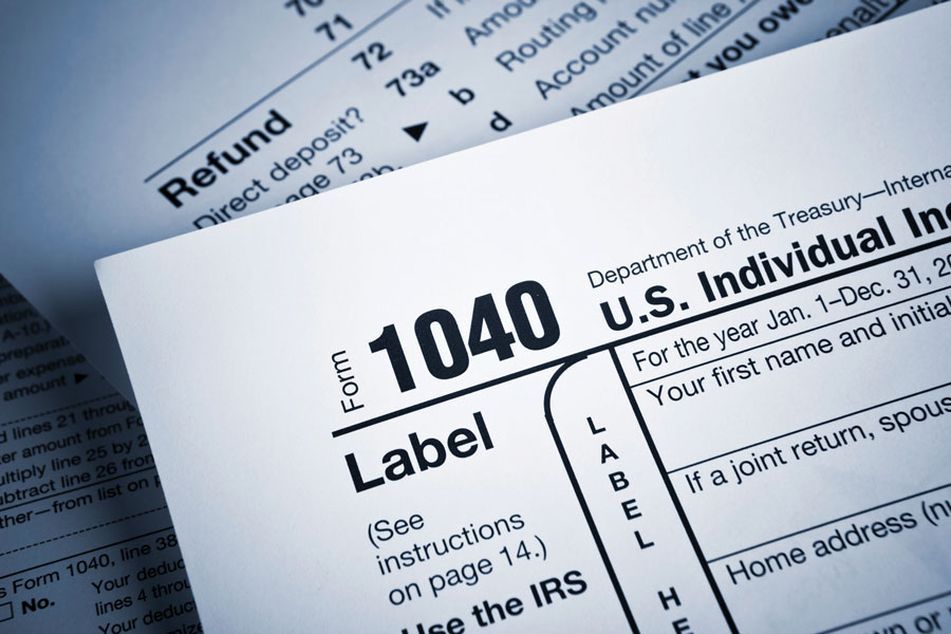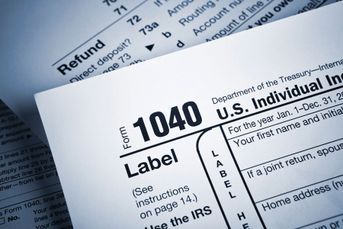Figuring out the tax impact on clients’ portfolios

Taxes can create a significant drag on the value of a portfolio, so here are the things you should be looking for in a client's tax documents.
We hear a lot these days about the need to improve efficiency. Something as small as a leaky faucet or a misadjusted lawn-sprinkler head could have a sizable impact on water usage and bills. With vehicles, the wrong tires or a dirty air filter can decrease fuel efficiency. Similarly, not paying attention to investment taxes over time can have a detrimental impact on a client’s wealth and retirement savings.
Russell Investments’ 2022 Value of an Advisor survey found that investors in non-tax-managed equity products face significant tax drag. This tax drag is the cost that taxes levy on investment returns and after-tax wealth. Over the five years ending Dec. 31, 2021, investors in non-tax-managed funds lost, on average, 2.14% of their return every year to taxes. As investors and advisers continue to emphasize both the costs and the value of advice, giving up 2.14% annually is nothing to sneeze at.
It’s important to look at how this cost impacts the dollar value of a portfolio. Let’s consider a $1 million investment, invested over 10 years, that generates 7.5% annual return. This investment would eventually grow to $2.06 million. But when you consider the cost of taxes and the 2.14% that is lost annually to tax drag, that $1 million initial investment is now worth $1,840,000 — a difference of almost $220,000. It’s clear that the cost of taxes adds up over time.
IDENTIFYING YOUR SOURCES OF TAX PAIN
Most people don’t enjoy looking at tax documents, so it’s not surprising that this isn’t the first thing advisers and investors consider when it comes to investing. But tax drag is real, and those tax documents are likely to be a treasure trove of information. Saving any portion of that 2.14% tax drag is akin to finding free alpha in the markets.
Start with the Form 1040, and focus on a few key items: interest, dividends and capital gains. Every client situation is different and there’s no hard-and-fast rule on what is just right or too high, but the higher these numbers are, the greater the likelihood an investor is paying more in taxes than they need to.
Take a deeper look to check for the following:
Interest. Is most of the interest tax-exempt? If yes, then the client’s portfolio is more likely to achieve a better after-tax outcome. If most of the interest is taxable, the impact on the investor’s after-tax wealth could be sizable. Interest is taxed as ordinary income and could trigger the net investment income tax, which can generate a tax rate as high as 40.8% on the interest received. In addition, fixed-income funds producing this taxable interest could be generating higher trading activity to achieve a higher total return, which could be adding taxes through realized capital gains. It’s worth digging further if an investment is generating a lot of taxable interest.
Dividends. Not all dividends are created equal. A large portion of dividend-generating stocks pay out what are referred to as “qualified” dividends, which are taxed at a lower capital gains rate. But some stocks only pay out “nonqualified” dividends, which are taxed as ordinary income. The tax impact between these two different types of dividends is sizable and it’s important to analyze the type of dividends that each investment pays out.
Capital Gains. Many investors know that capital gains have a lower applicable tax rate, but few realize that this lower rate only applies to long-term gains. Many investors are unaware of the capital gains they’re realizing in a given year and whether they are long-term or short-term capital gains. A deeper dive into both Form 1040 and Schedule D will help identify the types of gains an investor is paying taxes on and how much.
Looking at a 1040 and identifying which investments are creating excess taxes for clients is only the first step. It’s also important to look at the 1099 forms that fed into the 1040. Every mutual fund and brokerage account is required to send these to investors annually, and from these you can hone in on the source of the tax pain. Once you do that, addressing the problem becomes a simpler exercise.
SOURCES OF TAXABLE ASSETS
It’s not just an investor’s assets that advisers should focus on. There are many things that occur as we go through the stages of life and move closer or into retirement that can amplify the cost of taxes due to investments. Consider the following list of seven sources of taxable assets as a way to help guide more meaningful conversations with your clients:
• The sale of real estate
• The sale of a business
• Deferred compensation
• An inheritance
• Insurance proceeds
• Trusts
• Current taxable assets
Investors need good advice, particularly amid today’s volatile markets, especially when it comes to the impact that something as mundane as taxes can have on their portfolios, and their ability to accumulate more meaningful after-tax wealth. A financial advice practice focused on generating better after-tax outcomes and embracing tax management is better positioned to help the high-net-worth clients of today and tomorrow.
Rob Kuharic is director of tax managed solutions at Russell Investments.
Learn more about reprints and licensing for this article.






